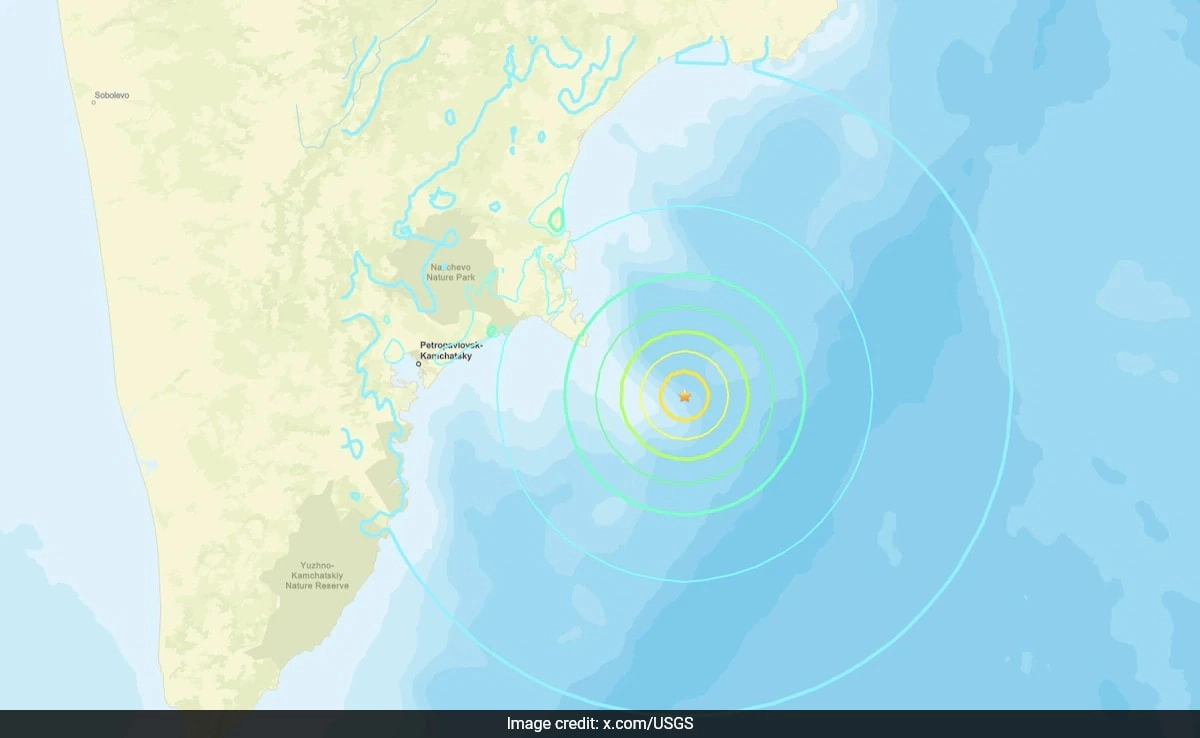A tsunami warning was recently issued following two significant earthquakes that struck off the Pacific coast of Russia. These seismic events have raised concerns among authorities and residents alike, prompting immediate precautions to ensure safety in coastal communities. The earthquakes, which registered high on the Richter scale, were felt across a wide area, leading to heightened alert levels as experts evaluated the potential for tsunami waves to impact the region.
The first earthquake registered a magnitude of 7.6, followed closely by another tremor of 7.4. Such powerful quakes are capable of generating large tsunamis, particularly in oceanic regions where tectonic activity is frequent. In response to the seismic activity, local governments and emergency services activated their disaster response protocols, urging residents in low-lying coastal areas to evacuate and seek higher ground. The risk of a tsunami poses not only a threat to infrastructure but also to the safety of thousands of individuals living near the shoreline.
Seismologists have been closely monitoring the situation, analyzing the underwater tectonic shifts that triggered these earthquakes. The Pacific Ring of Fire, where these events occurred, is known for its geological volatility, leading to frequent seismic activity. As a result, the region is well-prepared for such natural disasters, with established early warning systems and evacuation plans to mitigate potential damage. However, the unpredictability of tsunamis remains a significant challenge, and experts are emphasizing the importance of adhering to safety protocols.
As the situation develops, the national and local authorities continue to provide updates to the public regarding the likelihood of a tsunami and the necessary safety measures. The community’s resilience in the face of natural disasters is commendable, but it also serves as a reminder of the power of nature and the need for preparedness. Residents are urged to stay informed through official channels and to heed any evacuation orders as they await further assessments from geological experts. The aftermath of these earthquakes and the tsunami warning highlights the ongoing risks faced by coastal populations in seismically active areas.




